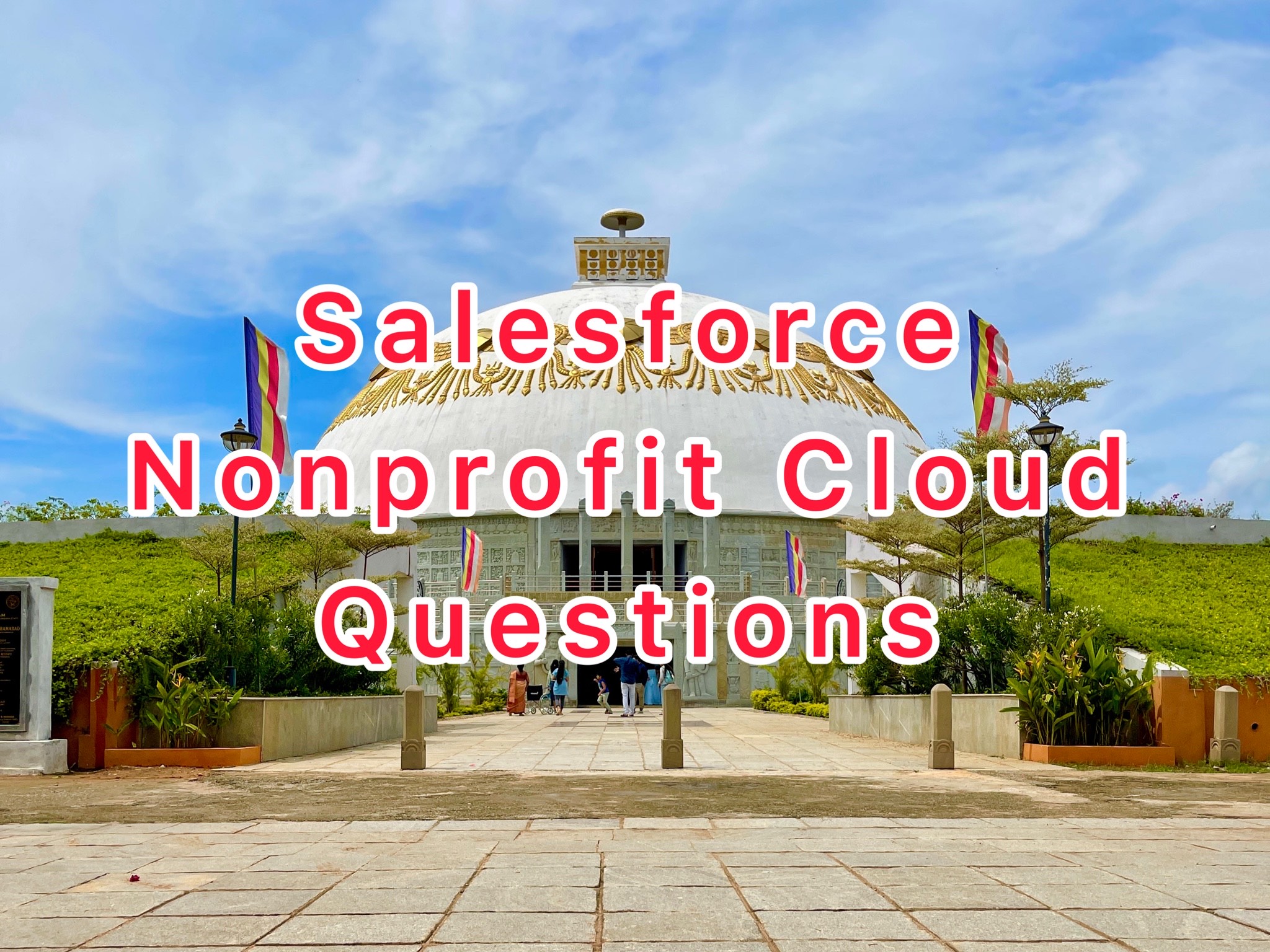Top Salesforce Vlocity Interview Questions & Answers for 2024.
Q1. What is Vlocity?
Vlocity offers industry specific solutions built natively & additively on Salesforce Platform.
Vlocity offers industry specific solutions for Insurance, Healthcare, Communications, Media & Entertainment, Energy & Utilities and Government.
After being acquired by Salesforce, Vlocity is now part of Salesforce Industries.
Q2. What is OmniStudio?
OmniStudio is a set of drag and drop configuration tools to quickly develop and deploy Industry applications.
OmniStudio Architecture consists of three layers:
- The Digital Experience Layer
- FlexCards: display contextual information and actions
- OmniScripts: guided path to complete a business process
- The Service Management Layer
- DataRaptors: services for retrieving, transforming, and updating data
- Integration Procedures: execute multiple actions in a single server call
- The Developer Experience Layer
- IDX Build Tool: Command-line tool to packages and migrates OmniStudio Datapacks
- IDX Workbench: Desktop application that enables developers to migrate Datapacks and Salesforce metadata
Q3. What are FlexCards?
FlexCards summarize basic information at a glance, display detailed information on demand, and provide quick access to common tasks that are context-relevant. For example, in a call center scenario, when a call center agent interacts with a customer over the phone, the agent views the customer’s information and launches guided processes from the FlexCard during the call.
Key capabilities of Flex Cards:
- FlexCards summarize Contextual Information at a glance.
- FlexCards are the beginning and ending points for customer transactions.
- Design FlexCards to ensure they meet customer requirements/needs.
- FlexCards can be viewed on Any Device or Channel such as Adobe Experience Manager, or inside a custom web container, like Heroku.
- A FlexCard can display a combination of internal information from Salesforce and external information from a website or a third-party legacy system.
- You can Quickly Build FlexCards Using Drag-and-Drop Elements in FlexCard Designer.
- The FlexCard Designer includes a WYSIWYG editor that lets you control FlexCard layout and style without needing templates.
- FlexCards can be embedded in Other FlexCards or an LWC OmniScript.
- FlexCards can be used to display details on demand with Flyouts.
- FlexCard elements can also be displayed conditionally.
Q4. What is an OmniScript?
An OmniScript gives customers a guided path for completing a business process and serves as a configurable way of creating a seamless customer experience.
For example, consider if a customer wants to:
- View and update their contact information, which is stored in Salesforce.
- View their service plan, which is stored in a legacy database.
- View their bill, which is stored in a billing system; choose to pay it; and select a specific way to pay it.
Q5. What is a DataRaptor?
A DataRaptor is a mapping tool that enables you to read, transform, and write Salesforce data. There are four types of DataRaptor:
- DataRaptor Extract – Gets data from one or more Salesforce Object
- DataRaptor Load – Saves data to one or more Salesforce Objects
- DataRaptor Transform – Manipulates any data that comes from inside or outside Salesforce
- DataRaptor Turbo Extract – Gets data from a single Salesforce Object
Q6. What are Integration Prcedures?
Integration Procedures are a way to retrieve, save, and manipulate data behind the scenes. An Integration Procedure is also recommended when you need fast processing of complex data from multiple sources.
Key capabilities of Integration Procedures:
- Integration Procedures read data from Salesforce, external systems using REST API, and Apex classes.
- Integration Procedures are called from and return data to OmniScripts and OmniStudio FlexCards. They also serve as data sources for APIs and Apex code.
- The Integration Procedure’s Response action allows you to trim the data returning to the browser from the server.
- Integration Procedures process large amounts of data in batches without causing a Salesforce timeout.
Q7. What are Calculation Procedures?
Calculation Procedures allow complex math to be configured within OmniStudio. Sometimes you need more than a simple mathematical equation, and configuring Calculation Procedures enables you to run just this kind of comprehensive and detailed set of mathematical processing steps.
The five basic components of Calculation Procedure are:
- Variables and Constants: Used in calculation steps
- Calculation Steps: Matrix and Lookup
- Aggregation Steps: Allow you to use data from an array input where the calculations are run on each element separately
- Preprocessor Class: Apex classes used to manipulate the input of the calculation
- Postprocessor Class: Apex classes used to manipulate the output of the calculation
Q8. What are Calculation Matrices?
Calculation Matrices are lookup tables that take a unique input or set of inputs and return an output or set of outputs. A few examples of Calculation Matrices are:
- An insurance premium matrix that matches characteristics of the insured to policy premiums
- A weather alert matrix that sets an alert flag based on weather conditions
There are three types of Calculation Matrices:
- Standard Calculation Matrix: Used when your matrix doesn’t need to be a part of a group or versioned row by row.
- Grouped Calculation Matrix: Used to group similar matrices with the same Input and Output headers together.
- Row-Versioned Calculation Matrix: Used if you have a matrix with many rows and may need to change small portions of the data at a time. Each row has its own start date and time
Q9. What is Vlocity CPQ? (Industries CPQ)
Vlocity CPQ (Industries CPQ) is a cloud-based, quote-and-order-capture system that is built natively and additively on the Salesforce platform. It enables the configuration of product offers. CPQ gives sales teams advanced order capture and guided selling capabilities so that they can offer best-fit products and services to customers across different channels.
Q10. What is Vlocity Enterprise Product Catalog (EPC)?
Enterprise Product Catalog allows you to configure products, product bundles, price rules, availability and eligibility rules. EPC uses product, service and resource models. EPC is compliant with the SID/TM Forum Framework model, which is the modeling standard for the Communications Industry.












